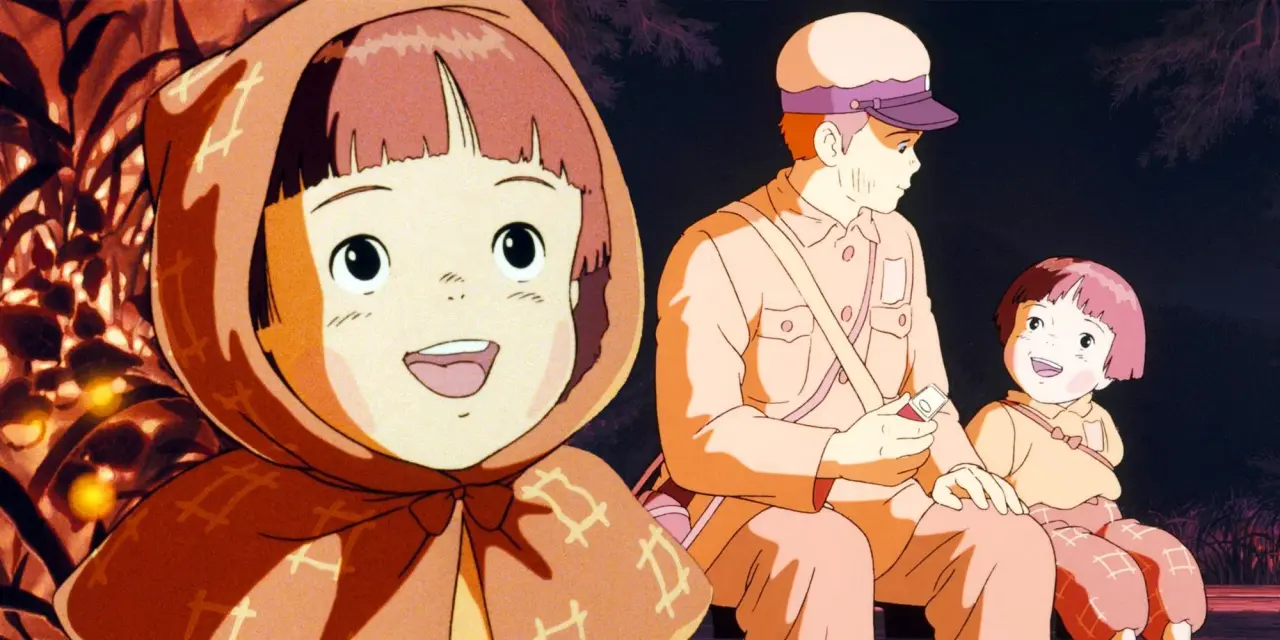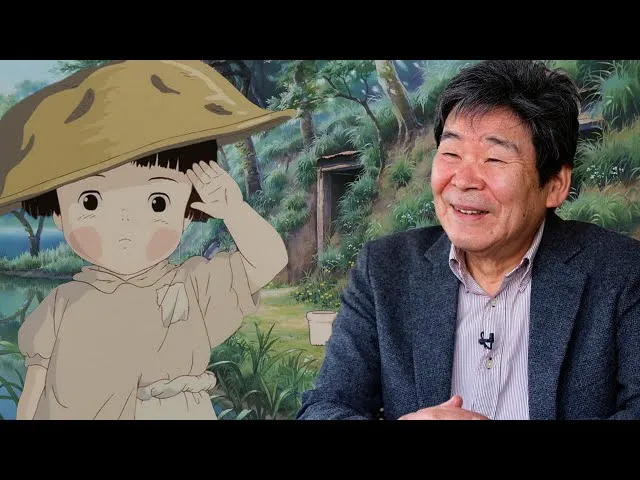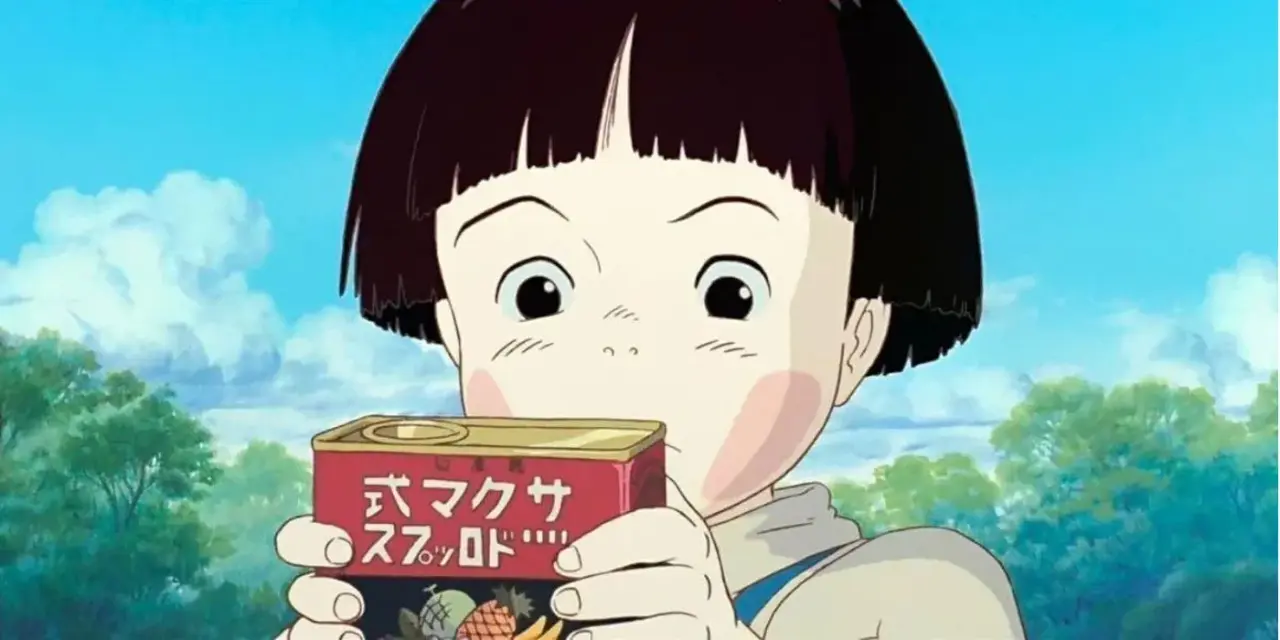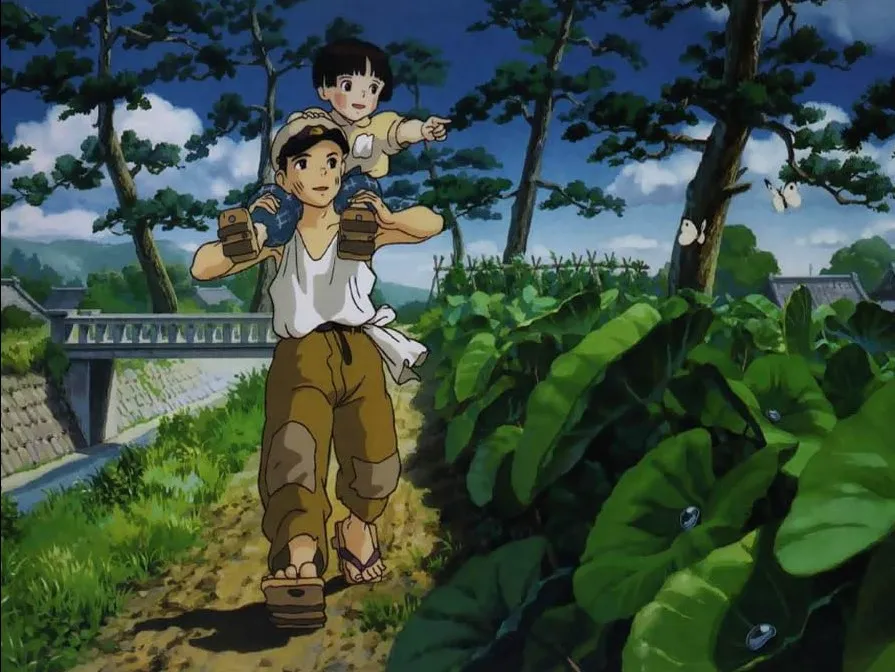When discussing anime that leaves behind a profound emotional resonance, Grave of the Fireflies is in a category of its own. This 1988 animated military film, directed by Isao Takahata and released by Studio Ghibli, isn't full of fascinating creatures or daring adventures. Instead, it presents a raw and harrowing depiction of two siblings fighting for survival in a ravaged Japan during the concluding days of World War II.
Unlike conventional anime, this film offers a serious and heartrending experience. For countless viewers globally, Grave of the Fireflies served as the initial anime that demonstrated animated features could encapsulate historical weight, intense emotion, and tragedy as effectively as any live-action film.
Plot Summary: A Tale of Survival and Grief
The narrative centers on Seita and his younger sister Setsuko, who are abandoned to navigate their own fate after their home is obliterated in an air raid. With their mother suffering a fatal injury and their father in the Japanese navy, the siblings become casualties not only of war, but of neglect and apathy from the surrounding society.
From deserted bomb shelters to the tranquil countryside, the film juxtaposes the stunning beauty of Japan’s vistas with the harsh realities of warfare. The fireflies mentioned in the title embody the ephemeral essence of life—radiant yet fleeting, much like the lives of innocent children during wartime.
Read Also: From Sakura to Sasuke: A Complete Guide to Naruto Anime Cosplay
Themes Explored in Grave of the Fireflies

1. The Atrocities of War
In contrast to action-driven war films, Grave of the Fireflies emphasizes the emotional and physical consequences of war on non-combatants, particularly children. It eschews battlefield depictions and focuses instead on the aftermath—bombings, starvation, sorrow, and loss. The film refrains from glorifying valor and instead reveals the tragic plight of those who remain.
2. Innocence and Youth
Setsuko embodies lost innocence. Her joyful spirit and pure heart are overwhelmed by hunger, fear, and neglect. The disparity between her youthful wonder and the horrors she faces amplifies her suffering’s tragedy.
3. Societal Indifference
One of the film’s most potent critiques lies in its portrayal of societal negligence. Seita and Setsuko suffer not only as war victims but also due to the apathy of the adults in their lives. This collective failure mirrors a broader issue: the reluctance or incapacity of individuals to assist those in dire need.
4. Family and Sacrifice
At its core, Grave of the Fireflies tells a tale of sibling affection. Seita's sacrifices for Setsuko—despite his own youth—underscore the resilience of family ties. Their bond is both uplifting and sorrowful, forming the film's emotional heart.
Why Grave of the Fireflies Is More Than Just an Anime
Many continue to perceive anime as mere light-hearted entertainment, characterized by action, fantasies, or school life narratives. Grave of the Fireflies dispels this misconception. It transcends mere anime; it’s a cinematic journey that rivals the most profound war films ever crafted.
Critics and audiences have lauded it as one of the most emotionally wrenching films ever produced. Renowned film critic Roger Ebert remarked that it is “an animation so impactful that it compels you to reevaluate the limits of its genre.”
Studio Ghibli’s Distinctive Method
Isao Takahata’s Perspective

Diverging from Hayao Miyazaki’s enchanting stories, director Isao Takahata concentrated on realism. His narrative approach is grounded, with every scene invoking emotion. From the portrayal of hunger to Setsuko’s innocent laughter, each moment resonates with authenticity.
Takahata, influenced by the semi-autobiographical work of Akiyuki Nosaka, didn’t aim to create an entertaining feature. His intention was to highlight the overlooked victims of war. His vision involved generating empathy and awareness through animation—a form not commonly associated with such grave themes at the time.
Symbolism and Visual Narration
The Fireflies
Fireflies act as a poignant metaphor throughout the film. They represent both charm and ephemerality. Their glow is fleeting, akin to the lives of children affected by conflict. One of the most heartrending moments features Setsuko interring the deceased fireflies, unknowingly echoing her own tragic destiny.
The Tin Can

Setsuko stores sweets in a tiny tin can—a seemingly trivial detail that bears profound emotional significance. It transforms into a representation of aspiration, solace, and reminiscence, especially following her demise. The tin can, later repurposed to contain her remains, acts as a stark reminder of innocence shattered.
Critical Acclaim and Worldwide Influence
Since its debut, Grave of the Fireflies has garnered widespread admiration.On Metacritic, Rotten Tomatoes, and IMDb, it has excellent ratings. In addition to its critical praise, it has moved viewers all across the world to tears and introspection.
It has been presented in educational institutions, film festivals, and historical classes to enlighten younger audiences about the human toll of warfare. Its international recognition has elevated anime as a legitimate vehicle for artistic and emotional narrative.
Cultural Significance in Contemporary Times
Even years later, Grave of the Fireflies retains its relevance. In a world still shaped by conflicts, dislocation, and refugee crises, the film serves as a reminder of the tangible effects of war on innocent lives.
Its universal themes of love, sadness, and perseverance speak to people of all ages and backgrounds. The movie has transformed into not only a Japanese classic but a global anti-war proclamation.
Grave of the Fireflies vs. Other War Cinemas

While films like Saving Private Ryan or Schindler’s List showcase the brutality of war through live action, Grave of the Fireflies achieves this through delicate animation. This distinction amplifies its effect. Viewers do not anticipate animation to wound this deeply, amplifying the anguish.
Its sparse depiction of violence, absence of antagonists, and lack of dramatic orchestral accompaniment highlight that suffering in war frequently transpires silently, unnoticed, and without spectacle.
Viewer Responses and Emotional Effect
Many first-time viewers are taken aback by the film's rawness. It’s not unusual to hear that someone could only endure it once, as the emotional weight is too great to replicate a second time.
Social media discussions, YouTube critiques, and Reddit conversations are brimming with personal reflections. Some users recount how the film reshaped their perspectives on war, hildhood, or even how they regard their own siblings.
Conclusion: A Must-View for Every Human Soul
Grave of the Fireflies transcends mere entertainment. It’s a reflection on humanity, a protest against warfare, and a poignant tribute to all the innocent lives extinguished in silence. Experiencing it is not simple—but it is essential.
Through exquisitely crafted animation and genuine emotion, the film compels viewers to confront the more somber aspects of history, empathy, and survival. It redefined the potential of anime and demonstrated that even in silence, profoundly impactful stories can be conveyed.
FAQs About Grave of the Fireflies
Q1: Is Grave of the Fireflies inspired by a true story?
Yes, it is based on a semi-autobiographical short story by Akiyuki Nosaka, who lost his sister during the conflict and penned the narrative as a form of remorse toward her.
Q2: Is it appropriate for children?
No. Despite being animated, the film contains intense emotional material and unsettling themes that may not be suitable for younger audiences.
Q3: Is Grave of the Fireflies part of Ghibli's collection?
Yes, it was produced by Studio Ghibli, although it possesses a starkly different tone compared to most other Ghibli features.
Q4: Where can I view Grave of the Fireflies?
The film is accessible on platforms like Amazon Prime, DVD/Blu-ray, and occasionally streams on Netflix or Crunchyroll, depending on regional availability.
Q5: Why do people consider it one of the most heartbreaking movies ever?
Its depiction of innocent children suffering slowly from neglect and war-related adversities is psychologically shattering. There are no joyous conclusions, only the harsh reality of loss and endurance.







